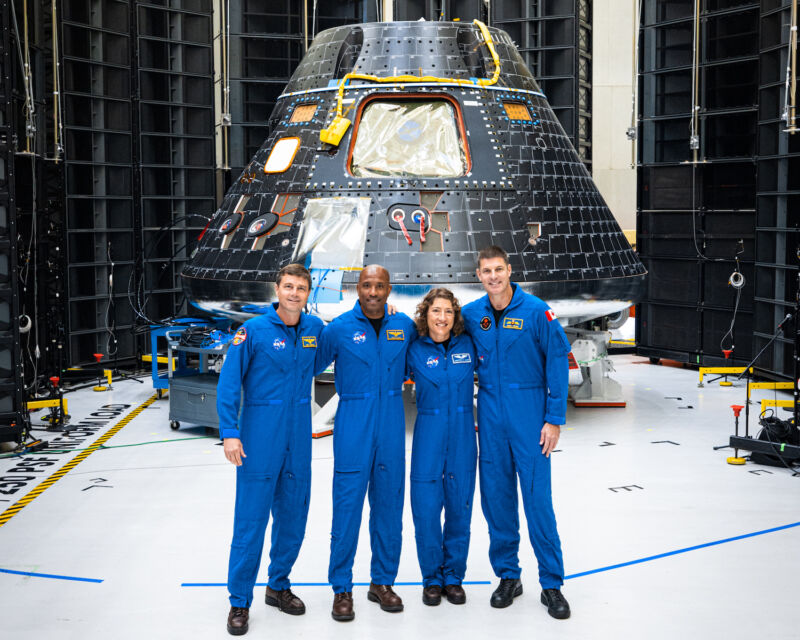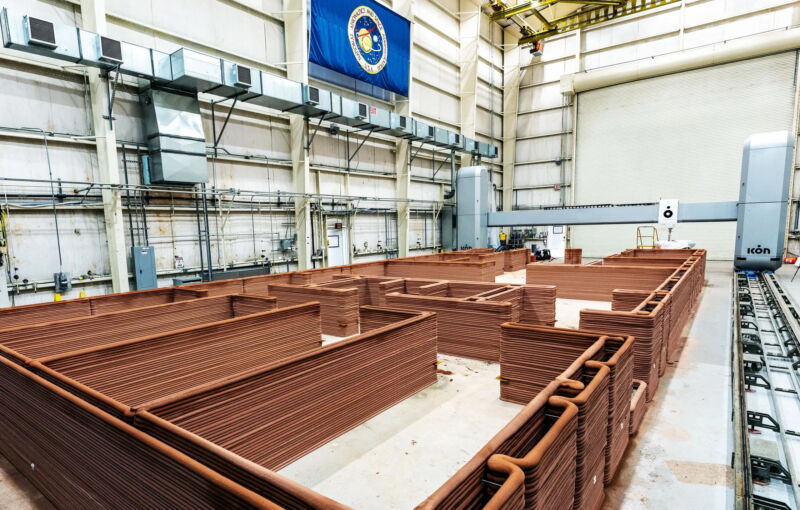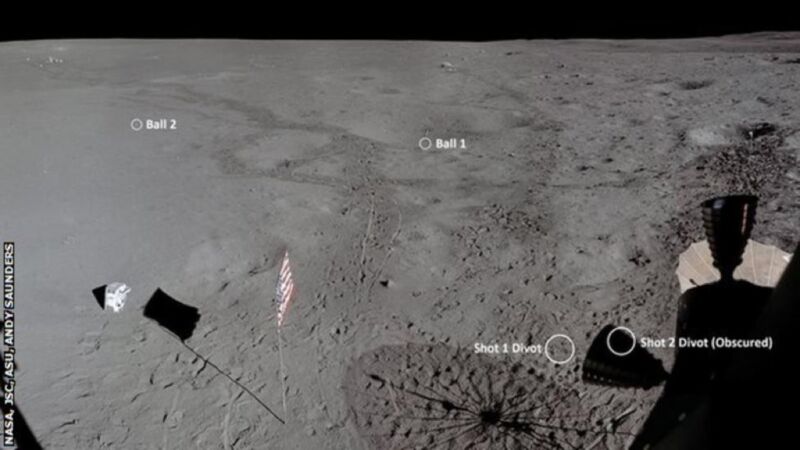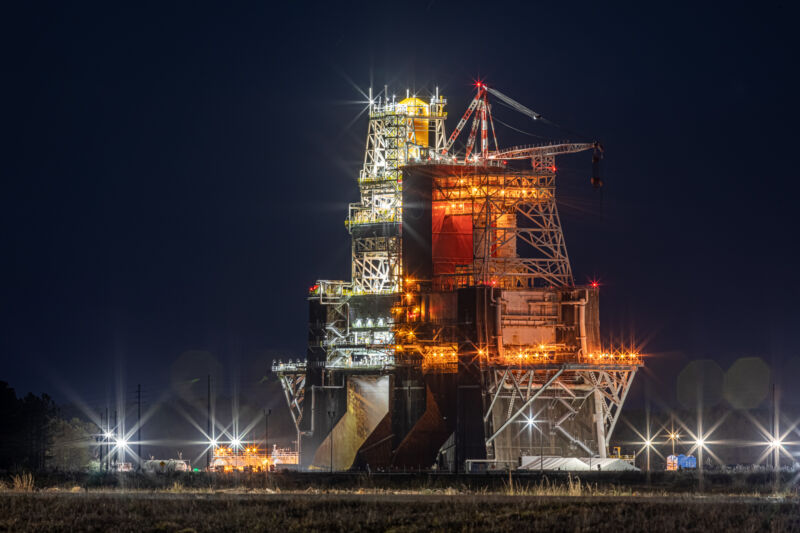-
 chevron_right
chevron_right
After Russia’s failure, India is next in line to attempt a Moon landing
news.movim.eu / ArsTechnica · Tuesday, 22 August, 2023 - 00:25

Enlarge / India's Chandrayaan 3 lander stands about 2 meters, or a little more than 6 feet, in height. (credit: ISRO )
India's Chandrayaan 3 spacecraft is setting up for a final descent to the surface of the Moon on Wednesday, four days after Russia's Luna 25 lander cratered following a botched engine burn.
If all goes according to plan, the Chandrayaan 3 lander—named Vikram—will settle softly onto the lunar surface at 8:34 am EDT (12:34 UTC) Wednesday, redeeming India's failed landing attempt on the Chandrayaan 2 mission in 2019.
But for the last 47 years, reaching the Moon's surface in one piece has proven to be an impossible task for any landing craft that wasn't built in China. Since 2013, China has racked up three successful landings with its robotic space missions, including the first controlled touchdown on the Moon's far side and an ambitious sample return mission in 2020 .





